The derailleur hanger may not be the most exciting component, but it performs a crucial function in keeping your gears shifting optimally and is designed to bend or break in an impact.
In this guide, we’ll take you through what a derailleur hanger is, its function, the different types available and how to align or replace a bent one.
We’ll also explain what SRAM’s Universal Derailleur Hanger is, as well as Shimano’s direct-mount standard.
What is a derailleur hanger?
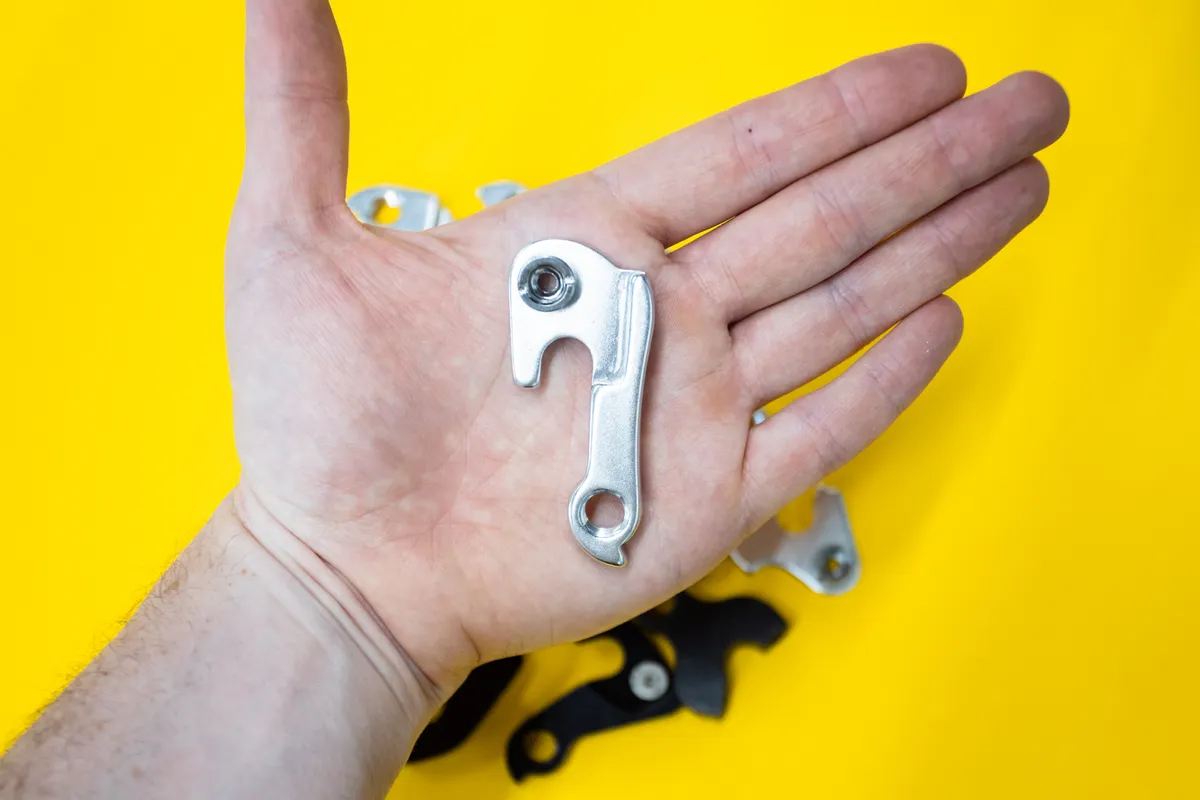
The derailleur hanger (also commonly referred to as a mech hanger) attaches to the dropout, acting as the connection between the rear derailleur and the frame.
Before the derailleur hanger’s widespread use, the rear derailleur would mount on the frame dropout. Although that was generally fine when frames were made of steel, the move to aluminium or carbon fibre means they are more likely to snap or bend.
It’s still a wise decision to have a separate hanger on a steel frame, though, for easier repairs.
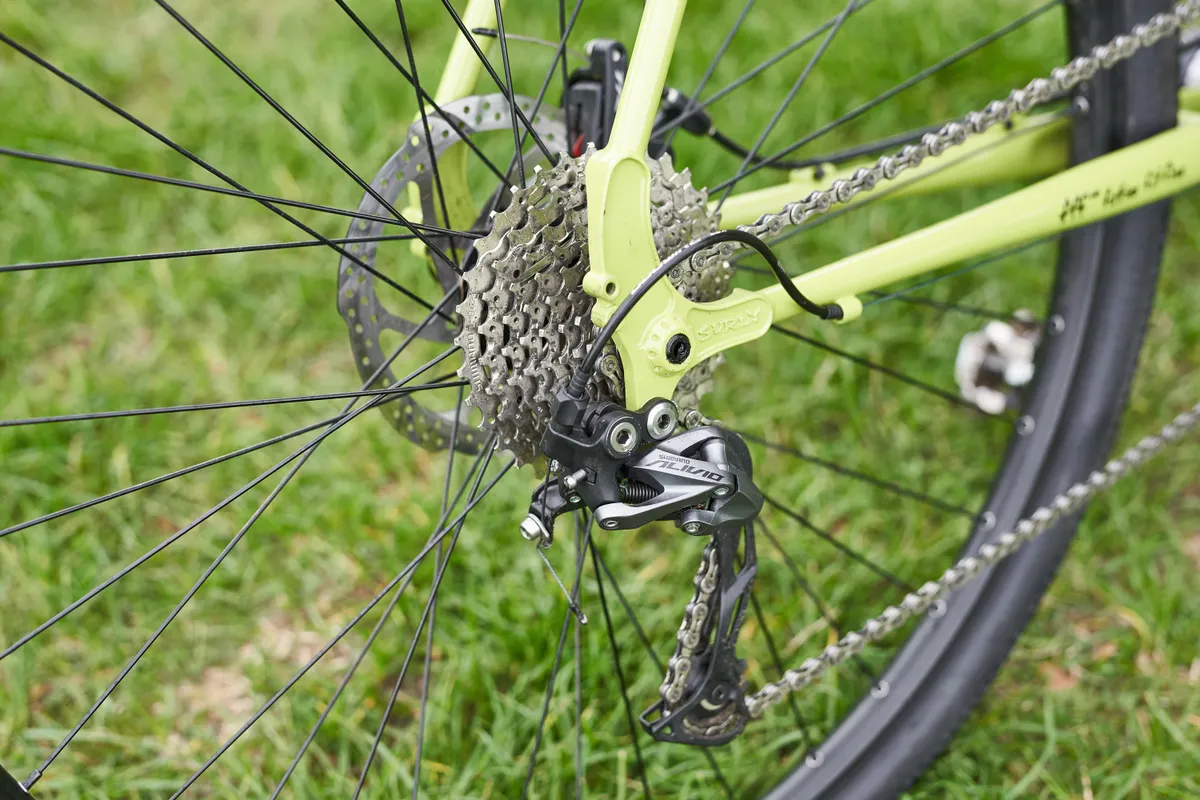
Having to write off a frame is wasteful if the rear derailleur breaks off and thus enters the derailleur hanger.
What does a derailleur hanger do?
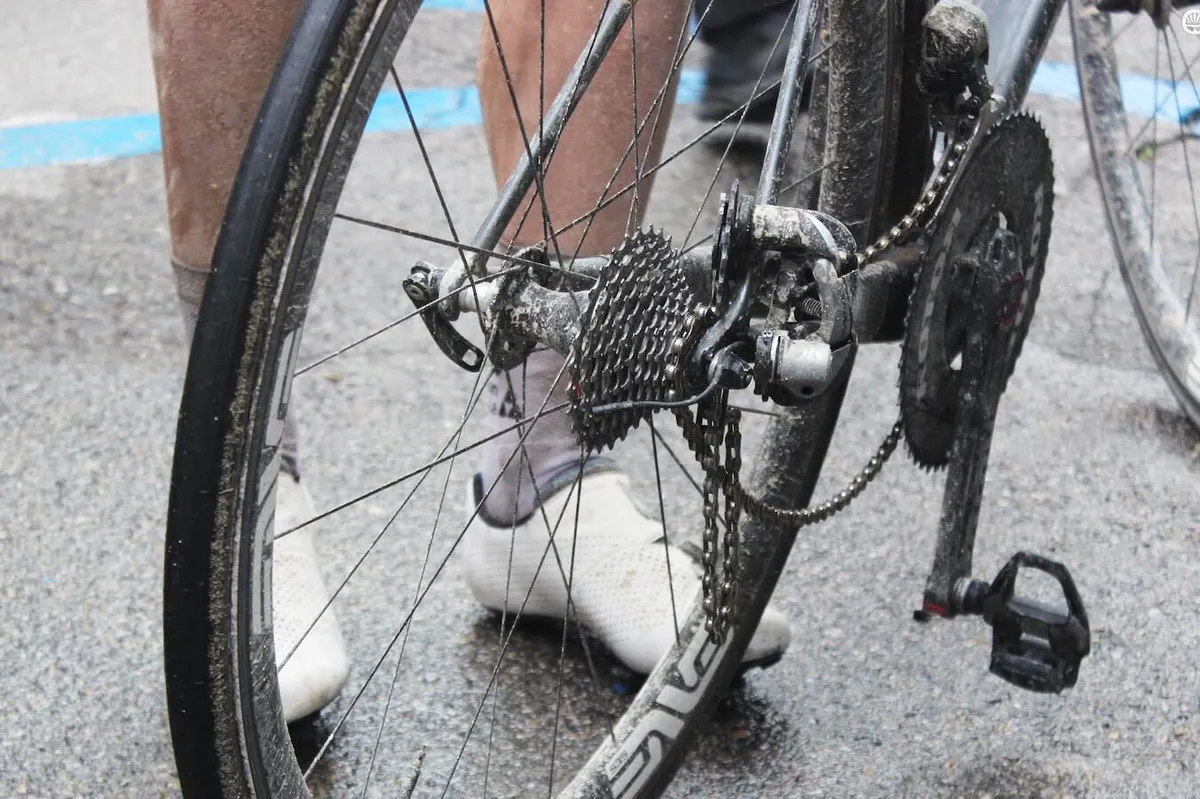
A derailleur hanger is a sacrificial part designed to bend or break in an impact, protecting the rear derailleur or frame.
Accidents happen and it’s a lot cheaper to replace a derailleur hanger than a frame or rear derailleur.
It’s crucial the derailleur hanger is aligned perfectly to enable optimal gear shifting.
If the derailleur hanger is misaligned, the gears will shift poorly because the derailleur pulley is misaligned with the cassette cog. If it's bent sufficiently far inwards, the derailleur could even shift the chain into the spokes, potentially damaging both the derailleur and wheel.
Although a strong impact on the derailleur can cause the hanger to bend, it can also happen under more innocuous circumstances.
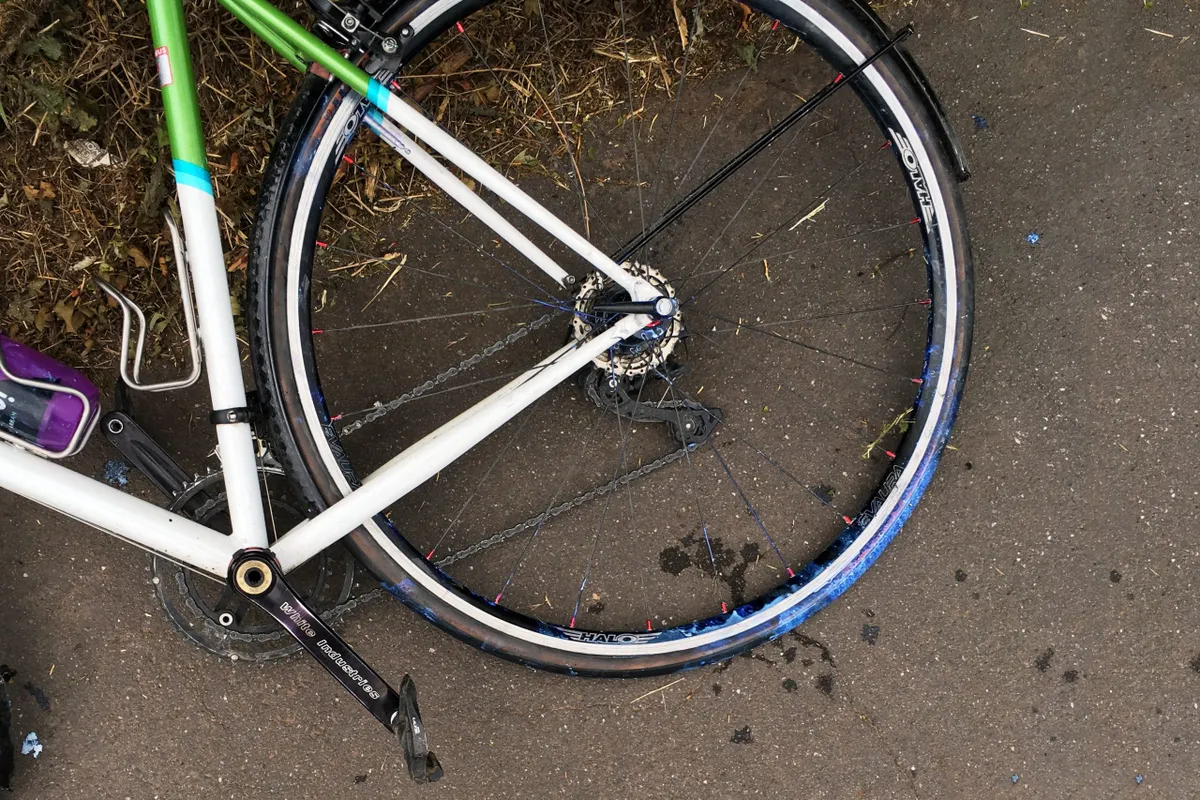
Avoid leaning your bike on the driveside and position the rear derailleur away from any points of impact if you’re loading the bike into a car or resting your bike alongside others at a coffee stop.
Damage to the driveside of the bike can be a clue the hanger has had an impact; it’s worth checking the derailleur hanger alignment before you adjust and index your gears.
It’s also a good idea to check the alignment on a new bike, because you’d be surprised how often they can be bent straight out of the box. A good bike shop will incorporate this into their pre-delivery inspection (PDI).
Why are there so many derailleur hangers?
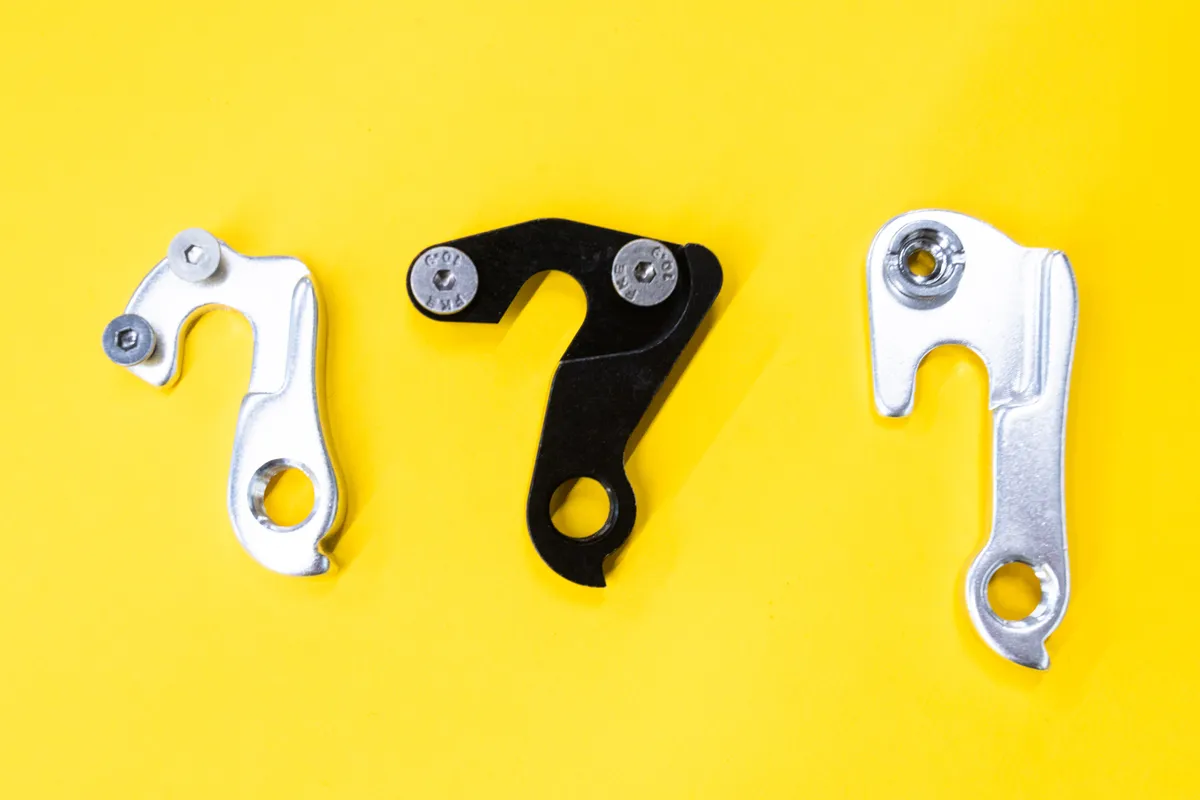
For many years, derailleur hangers were frame-specific. With the exception of some performance mountain bikes and a handful of gravel bikes that use SRAM UDH (more on this later), this is still largely the case.
Derailleur hangers come in all shapes and sizes, and you must use the correct hanger for your frame.
Differences can include whether they mount to the inside or outside of the dropout, and the number and type of fasteners the hanger uses. They can often have other unique features too.
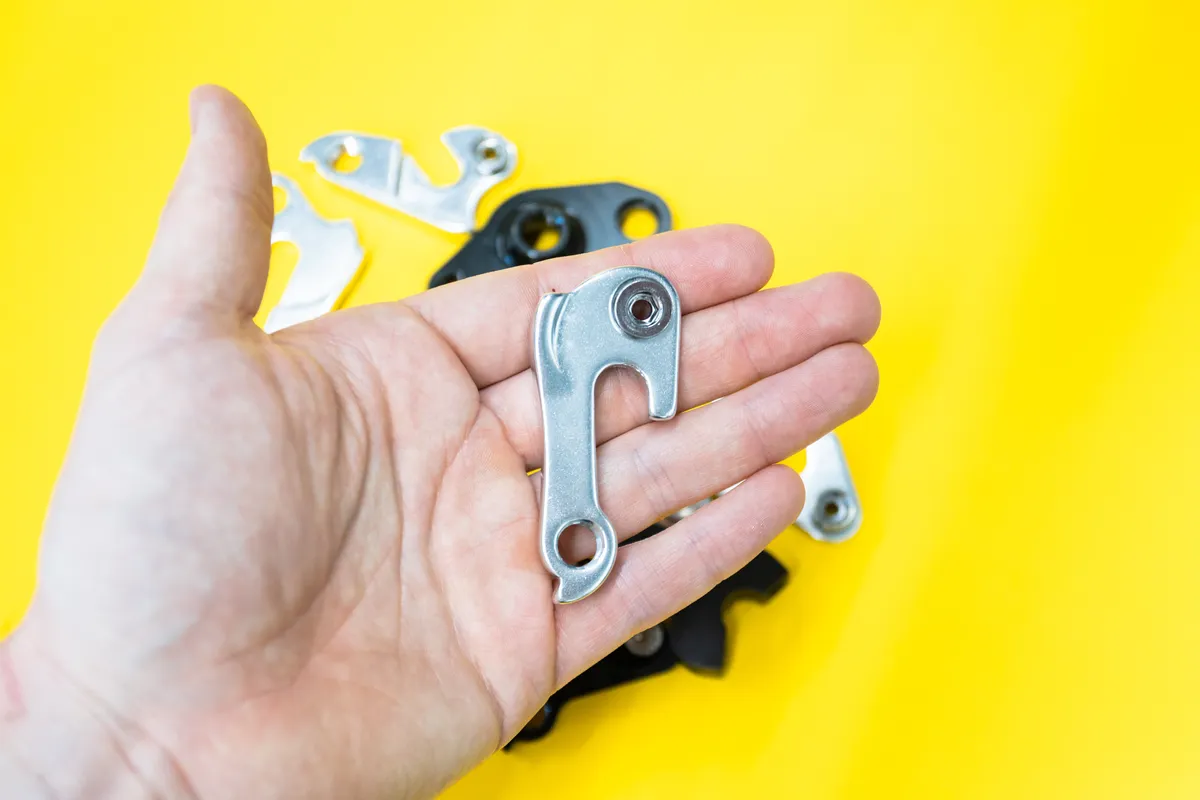
Derailleur hangers are almost always model-specific and it’s not uncommon for manufacturers to change the design of the hanger for a particular model mid-product cycle.
After-market brands such as Wheels Manufacturing, Pilo or RearMechHanger.com specialise in making hangers for most frames and offer guides on their sites.
It’s worth having the old hanger to spare so you can check carefully if the design of the replacement matches your old one.
Because you’re unlikely to find the correct derailleur hanger at a shop if you come a cropper, it’s a good idea to carry a spare with you when you’re out riding or on a bikepacking trip.
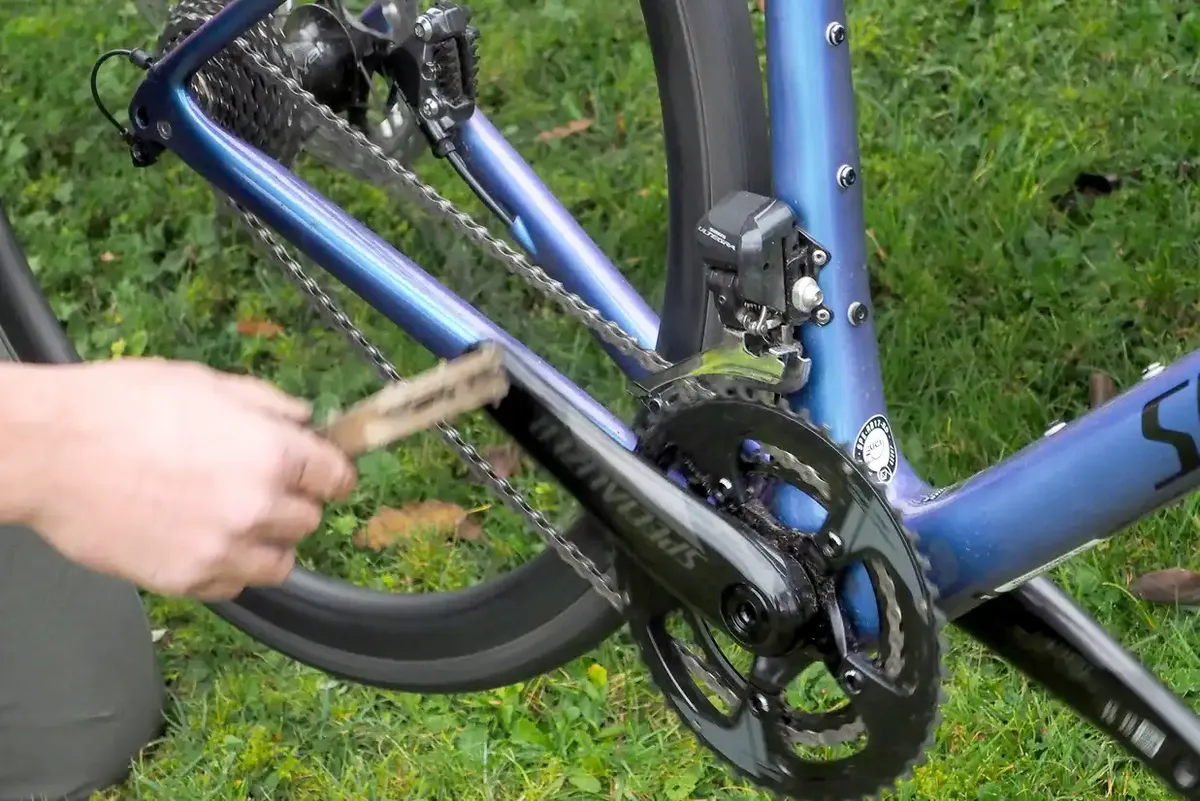
If the derailleur hanger breaks on a ride and you don’t have a spare, it’s almost certainly a ride-ender. If the chain isn’t twisted, you could remove it from the rear derailleur and shorten it, to ride the bike home as a singlespeed.
Some brands, such as Wheels Manufacturing, make an emergency hanger, which you can install to get you home.
SRAM UDH explained
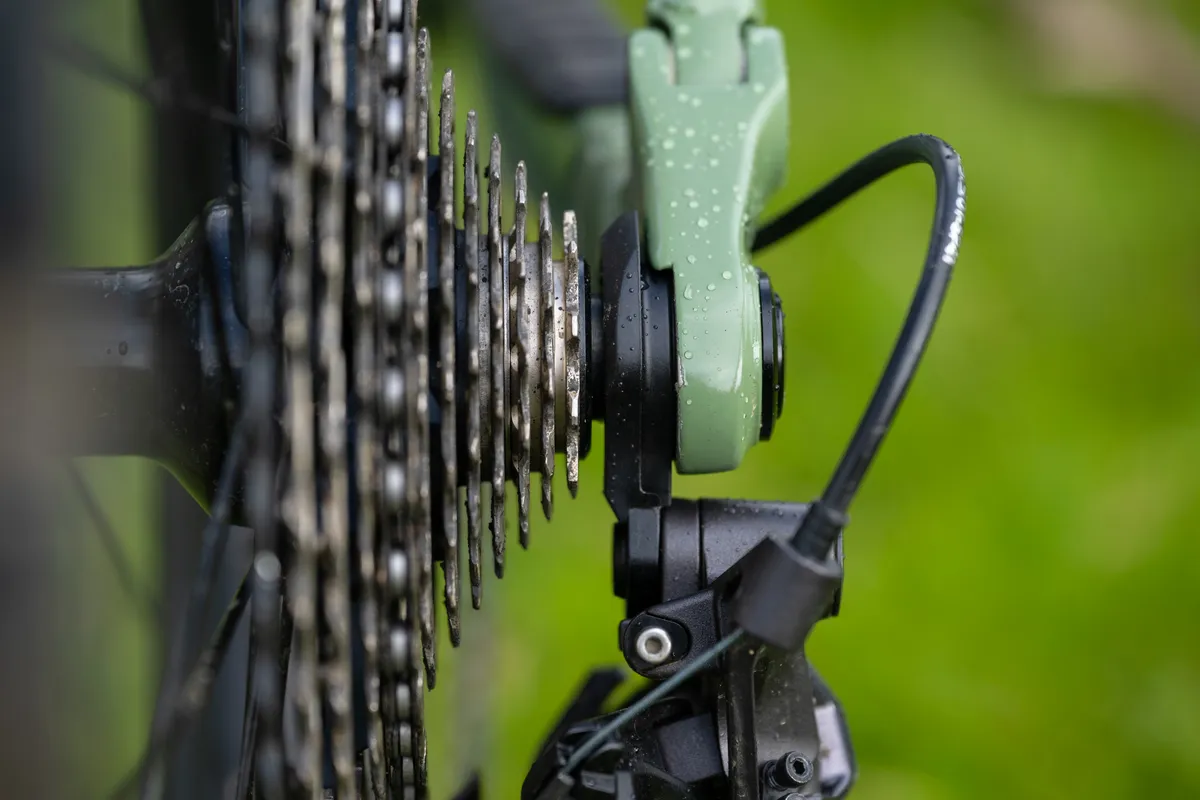
Launched in 2019, SRAM’s Universal Derailleur Hanger (UDH) was designed to unify hanger standards.
Rather than bend or break, SRAM designed the hanger to pivot backwards in the event of the chain jamming. If the hanger pivots backwards, you can push it forward, often without needing to loosen the thru-axle.
It also sports a hooked lip to prevent the chain from jamming between the dropout and cassette.
SRAM made UDH an open standard and many brands have adopted it on their mountain bikes. It's also beginning to find traction on some gravel bikes.
Given its popularity, this also makes it much easier to source a replacement.
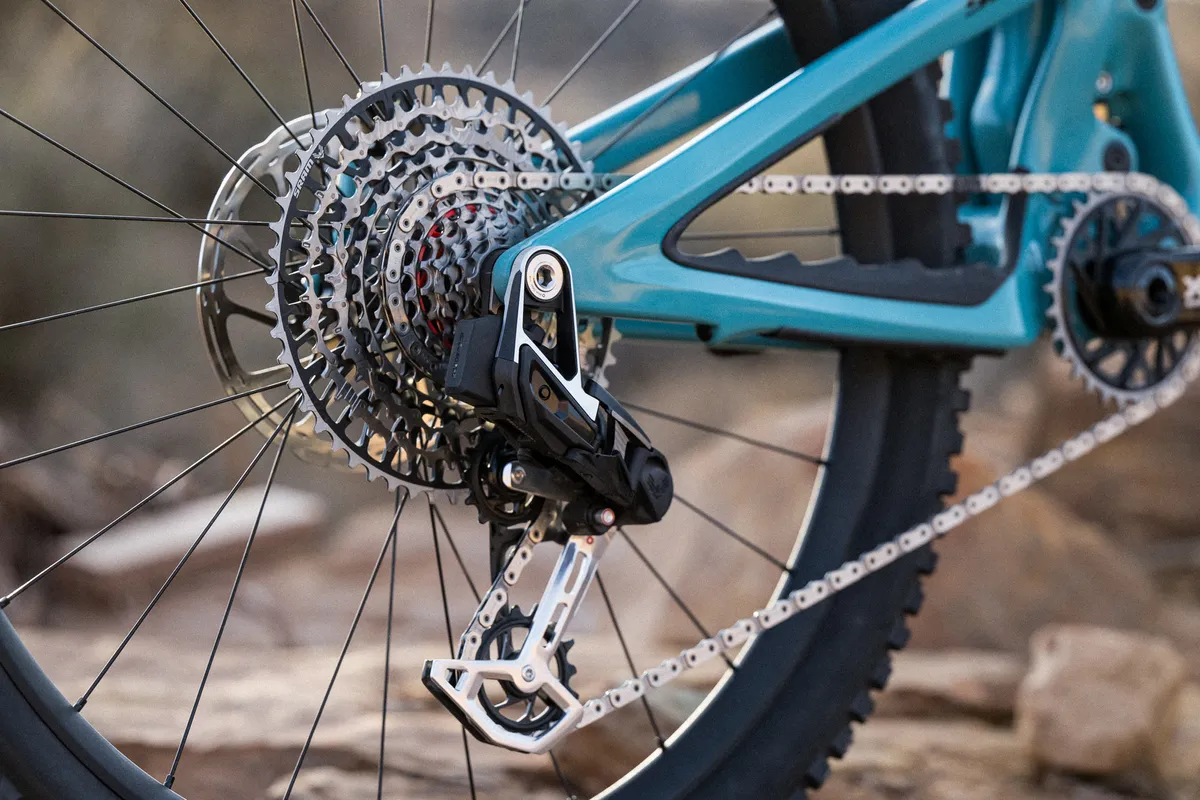
In March 2023, SRAM launched its T-Type Eagle Transmission mountain bike drivetrains. Eagle Transmission forgoes the derailleur hanger altogether, and the rear derailleur is mounted directly to the dropout via a proprietary bushing.
Shimano direct mount explained
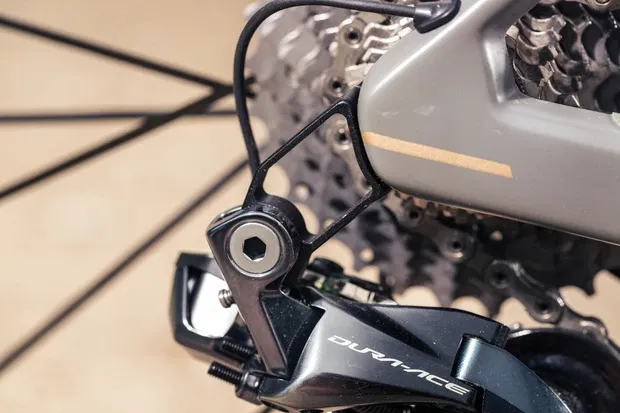
Shimano introduced its direct-mount standard in 2012 when it released its Shadow-style mountain bike rear derailleurs.
Rather than design a universal-fitting derailleur hanger, the direct-mount standard was designed to create a stiffer interface between the frame and rear derailleur to improve shifting quality.
The rear derailleur bolts straight onto a specifically designed hanger, rather than via a ‘B-link’. However, Shimano still includes a B-link if you need to connect a direct-mount rear derailleur onto a conventional hanger.
The design was ported over to road bikes with Dura-Ace R9100 and gravel with GRX. Shimano dropped the standard on its latest 12-speed mountain bike groupsets.
What should I do if my derailleur hanger is bent or broken?
If the derailleur hanger has taken a knock, it can often be bent back using a specific derailleur hanger alignment tool.
We have a full guide on how to straighten a bent hanger, as well as how to replace a broken one.
